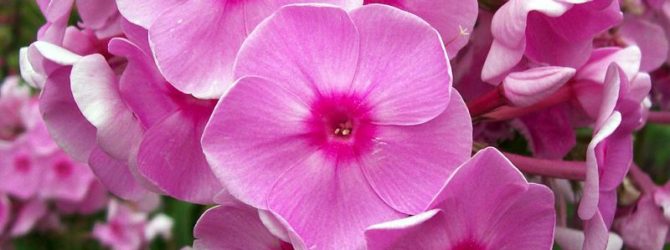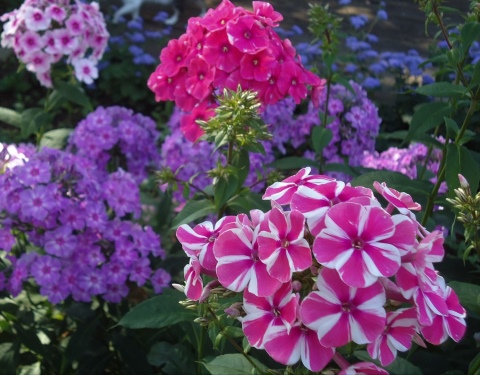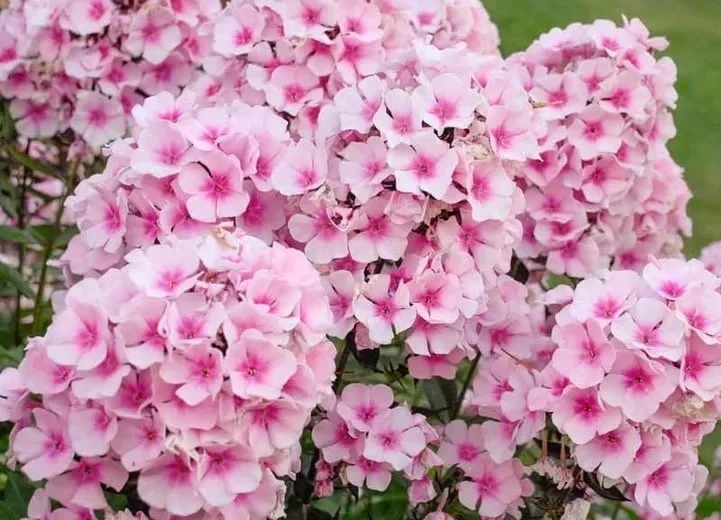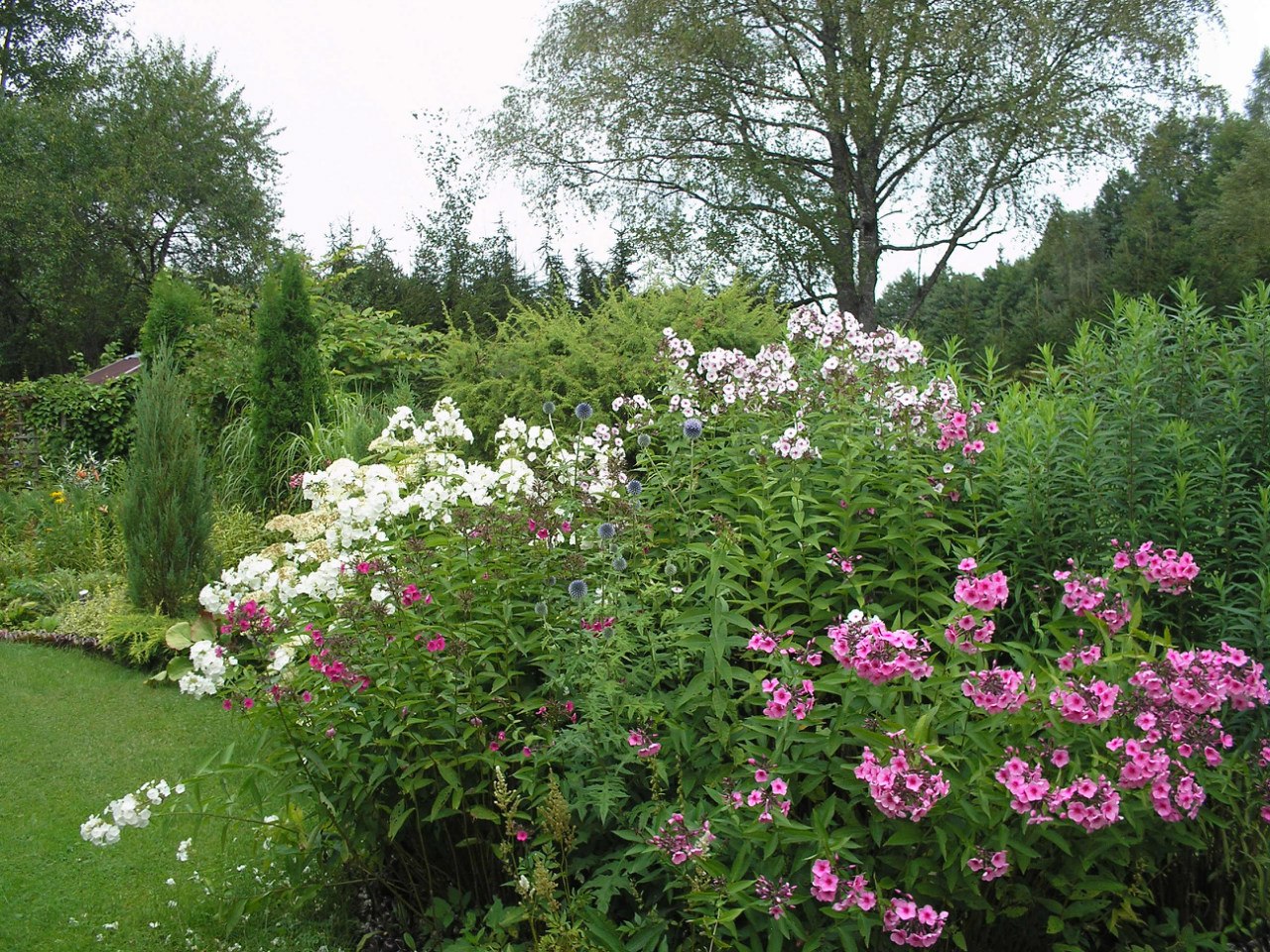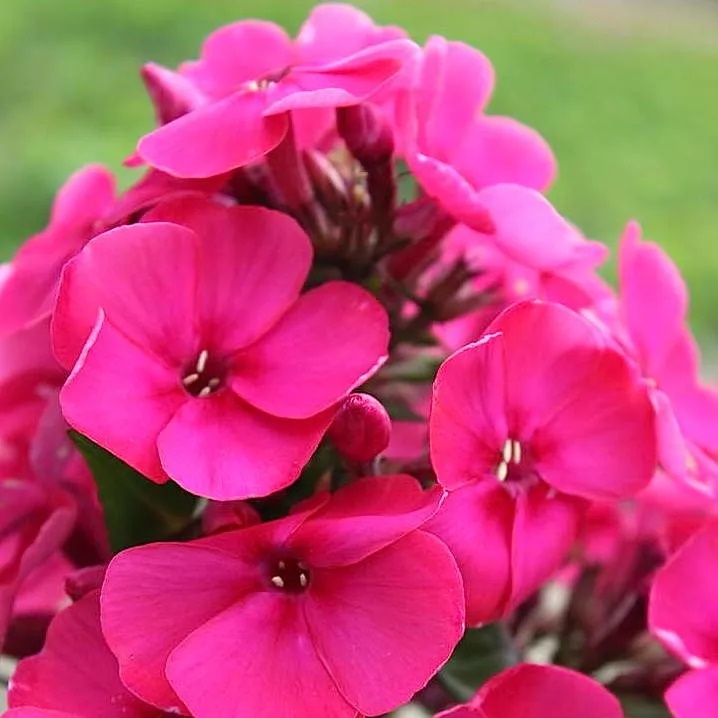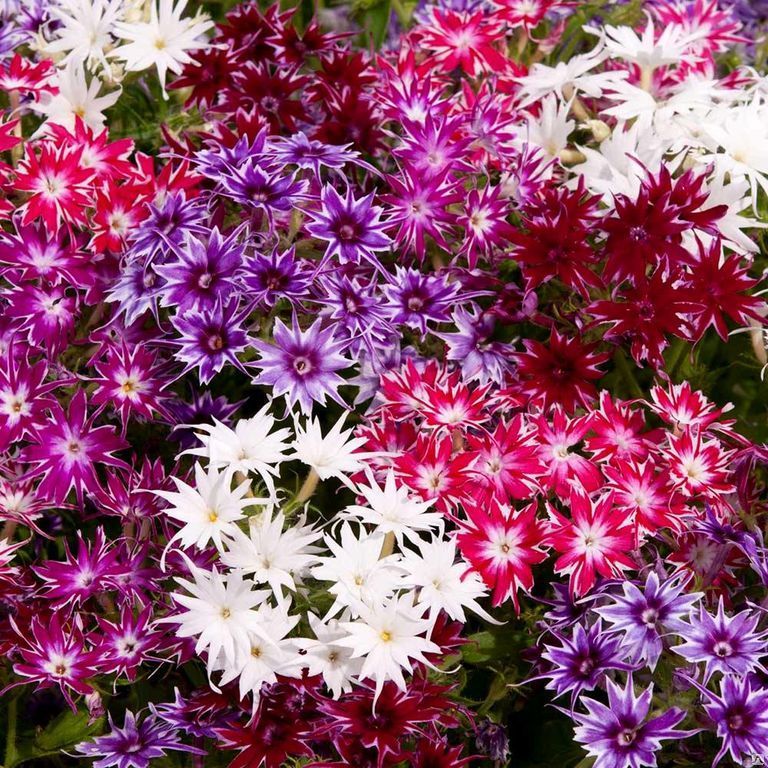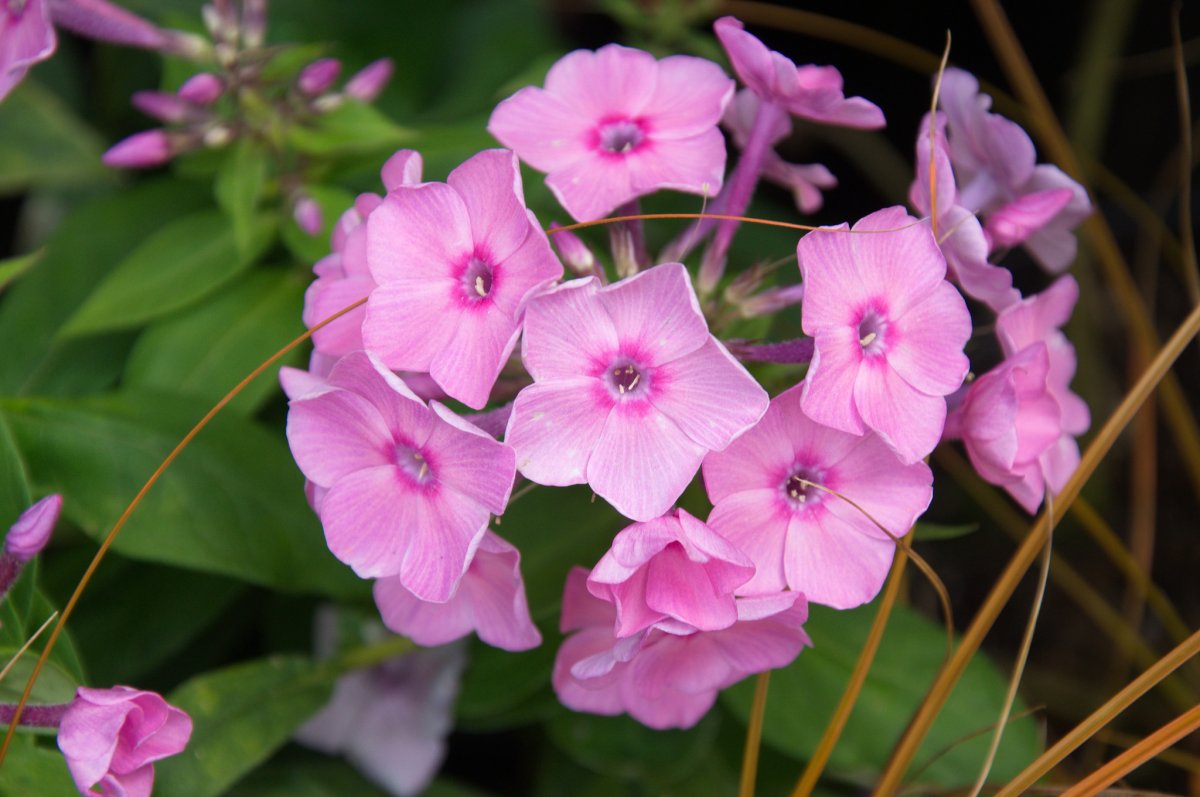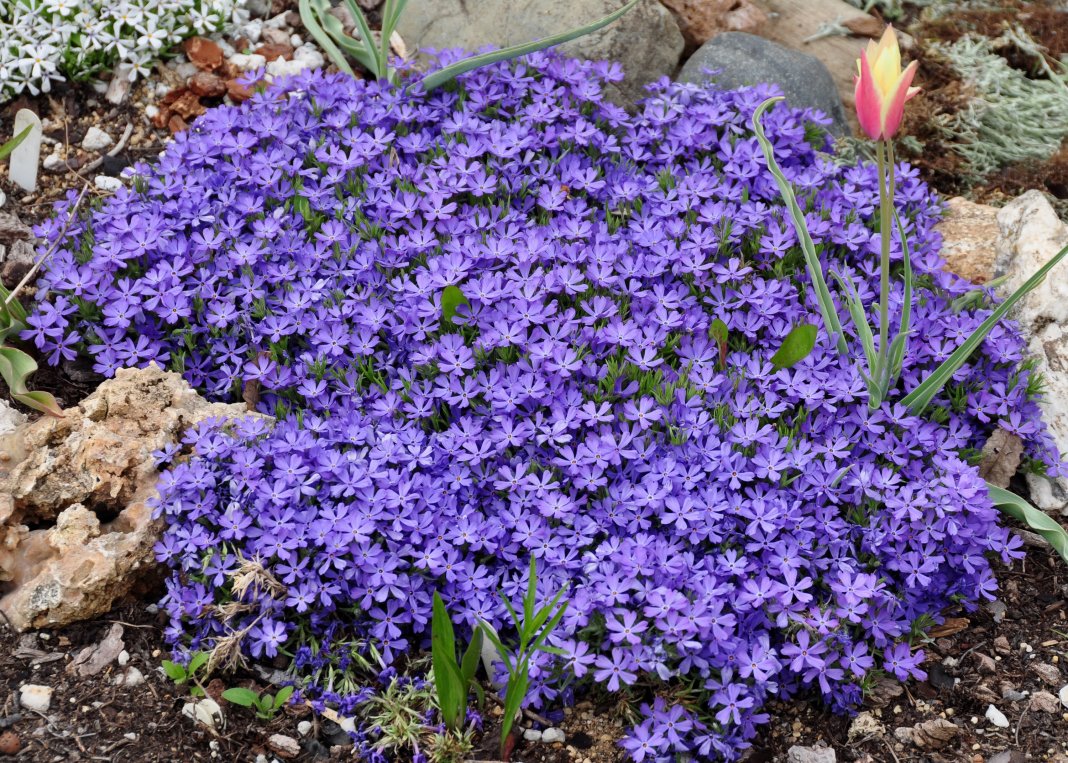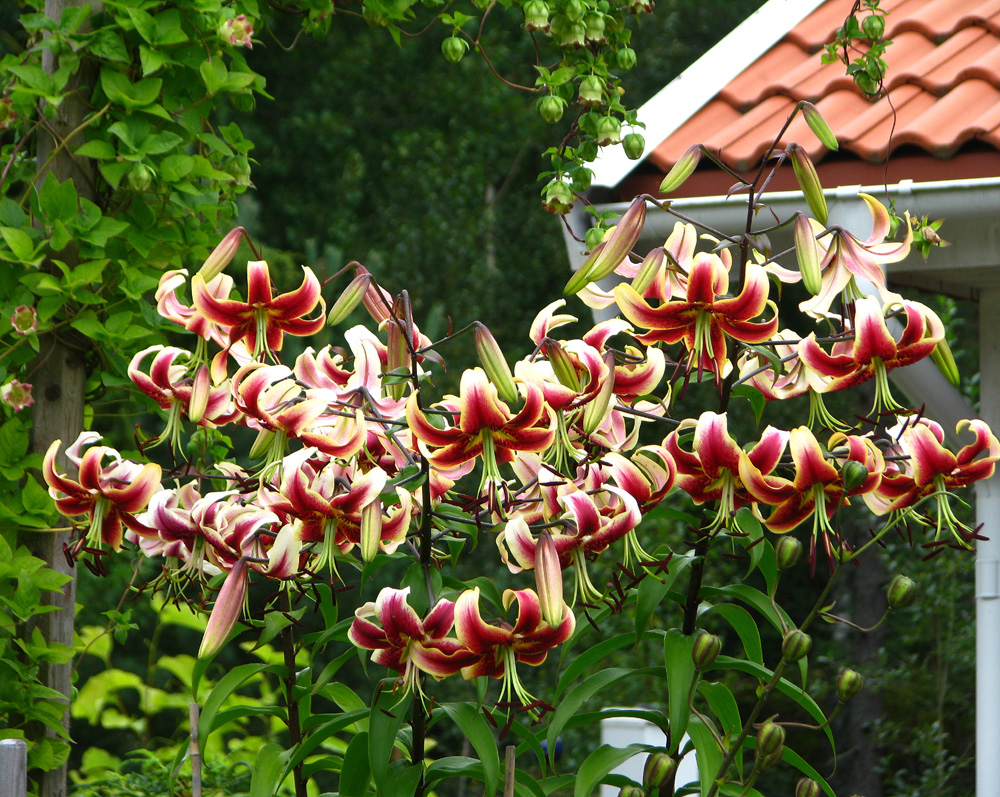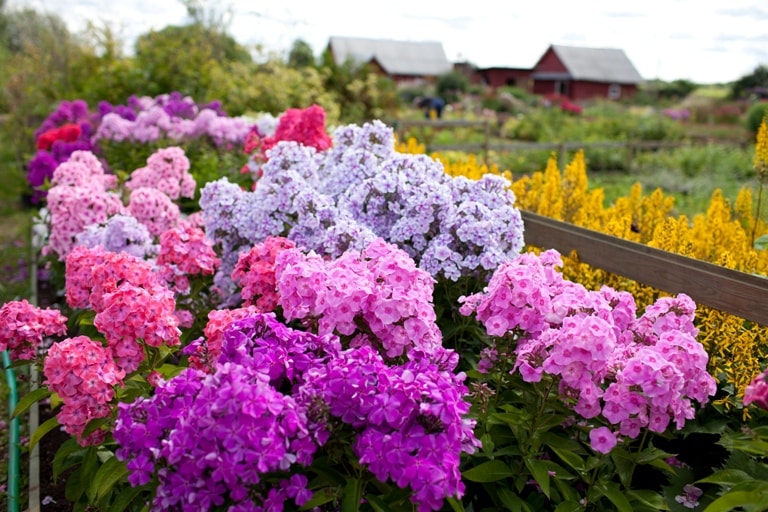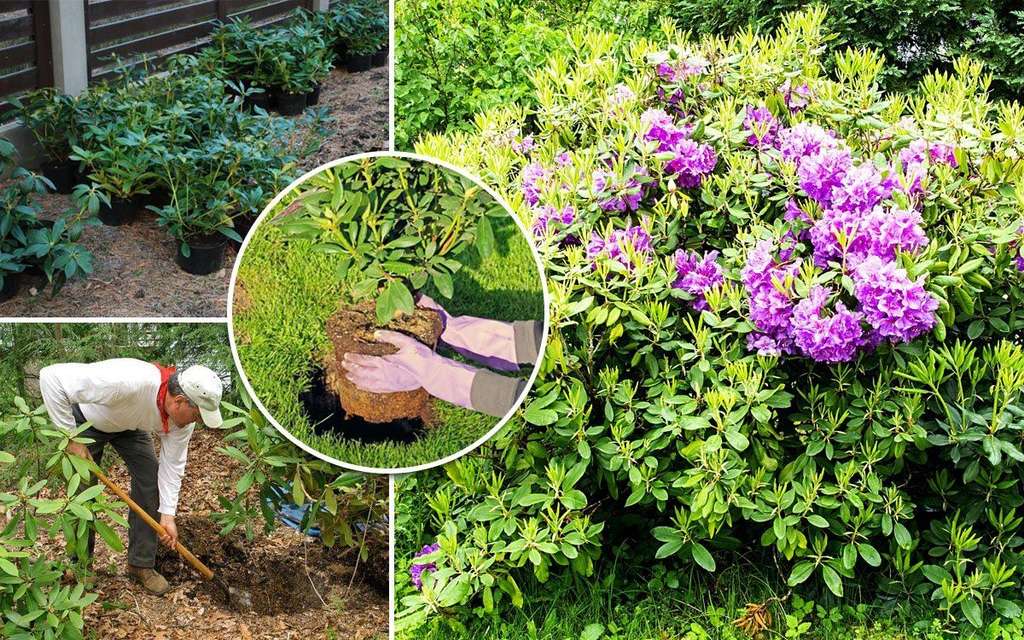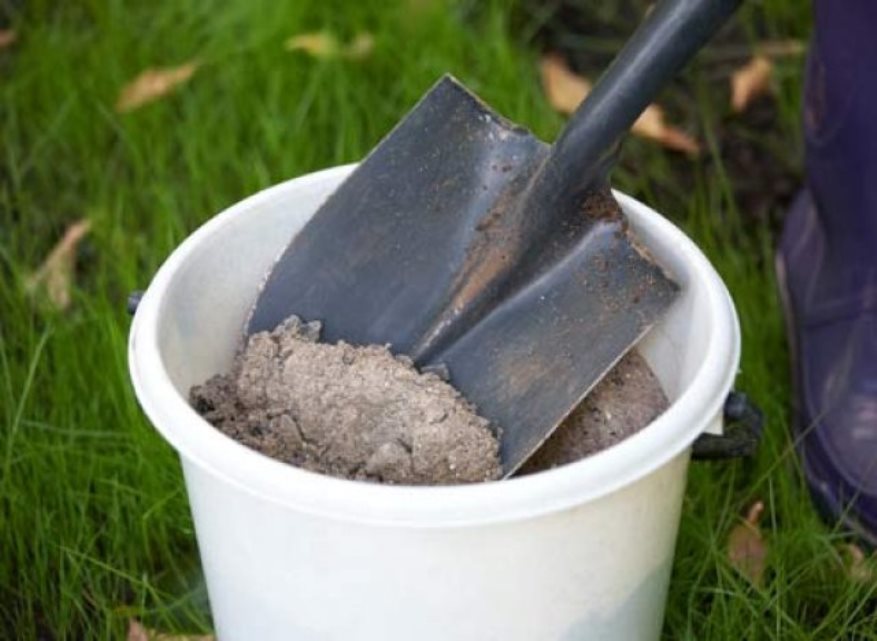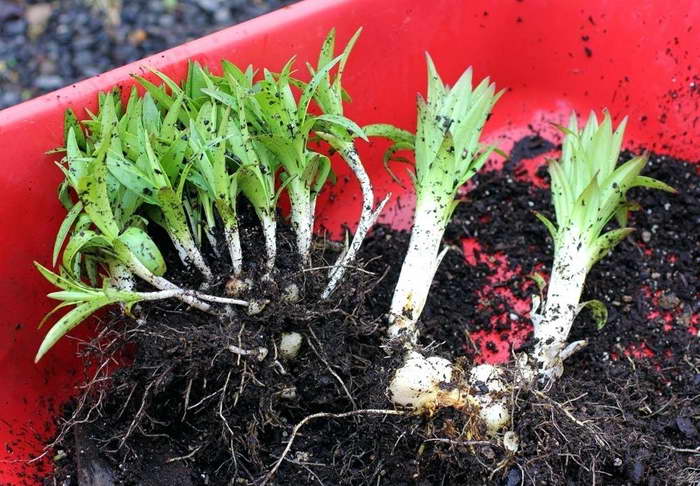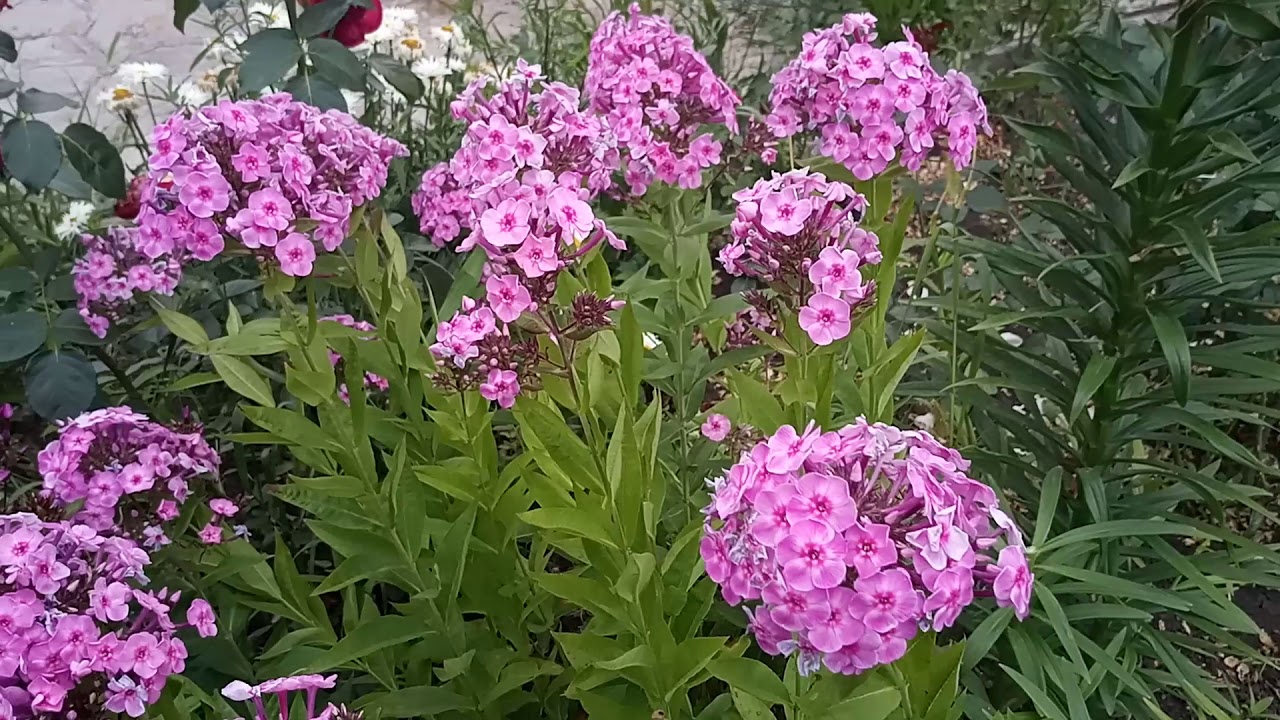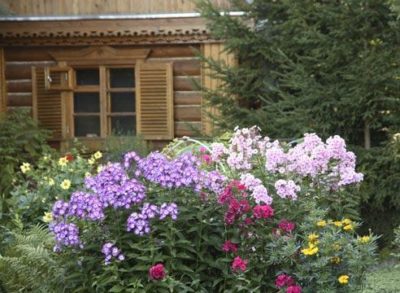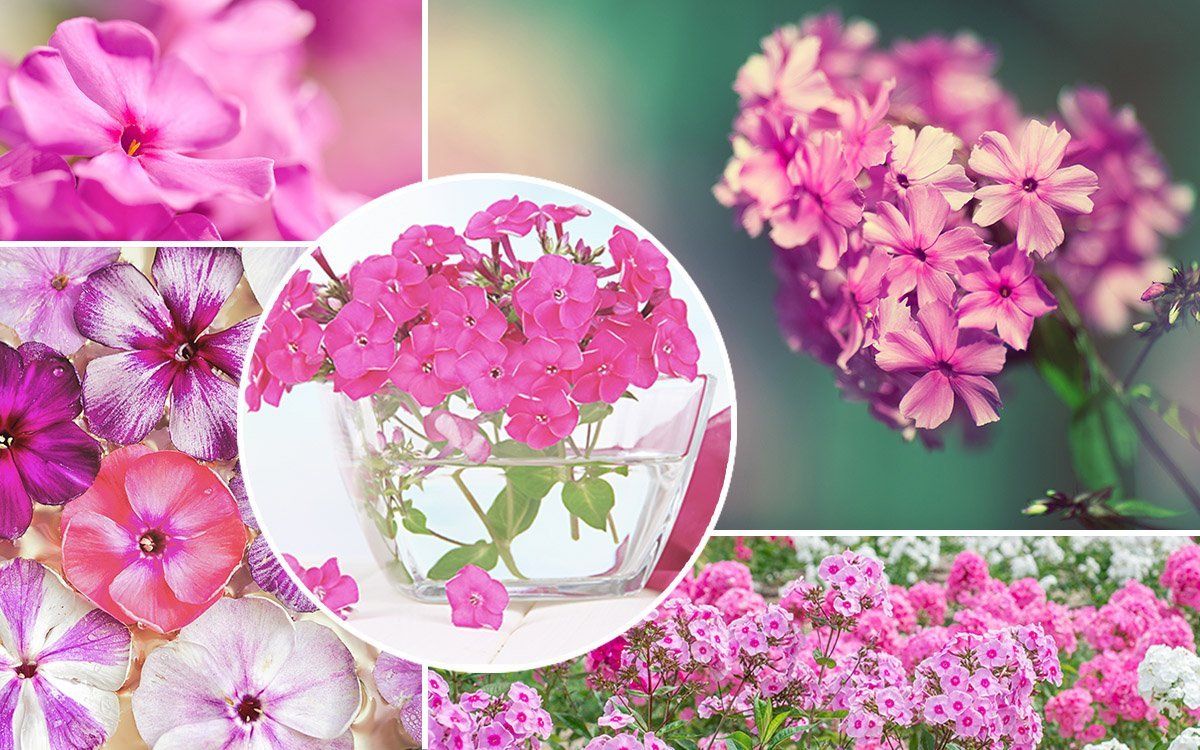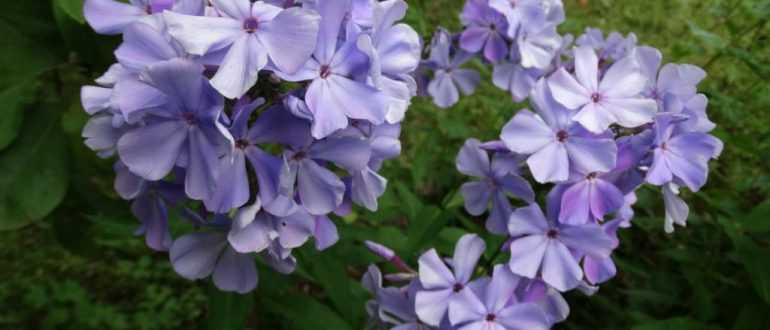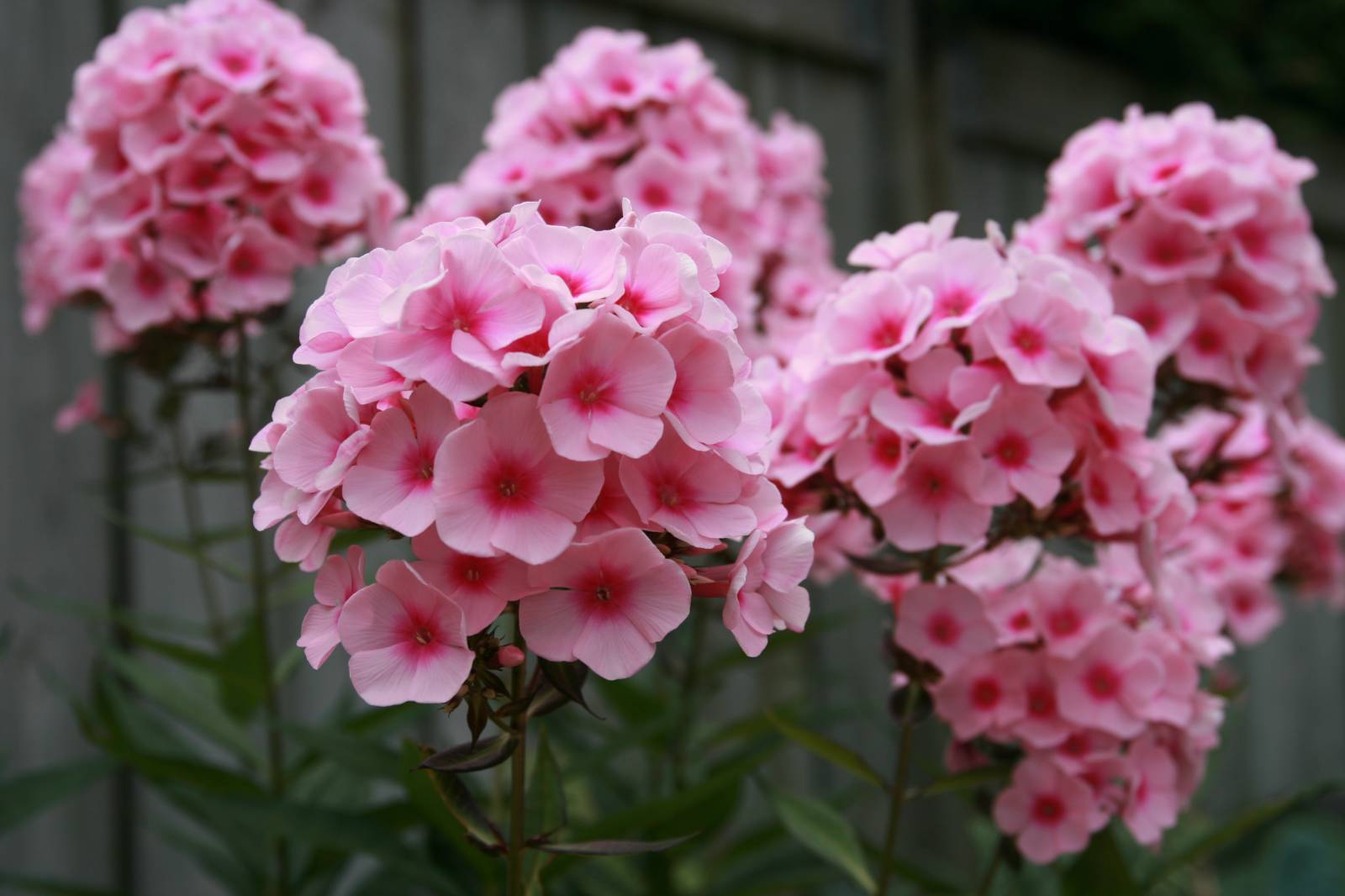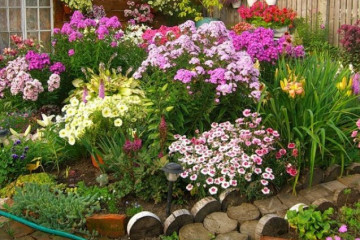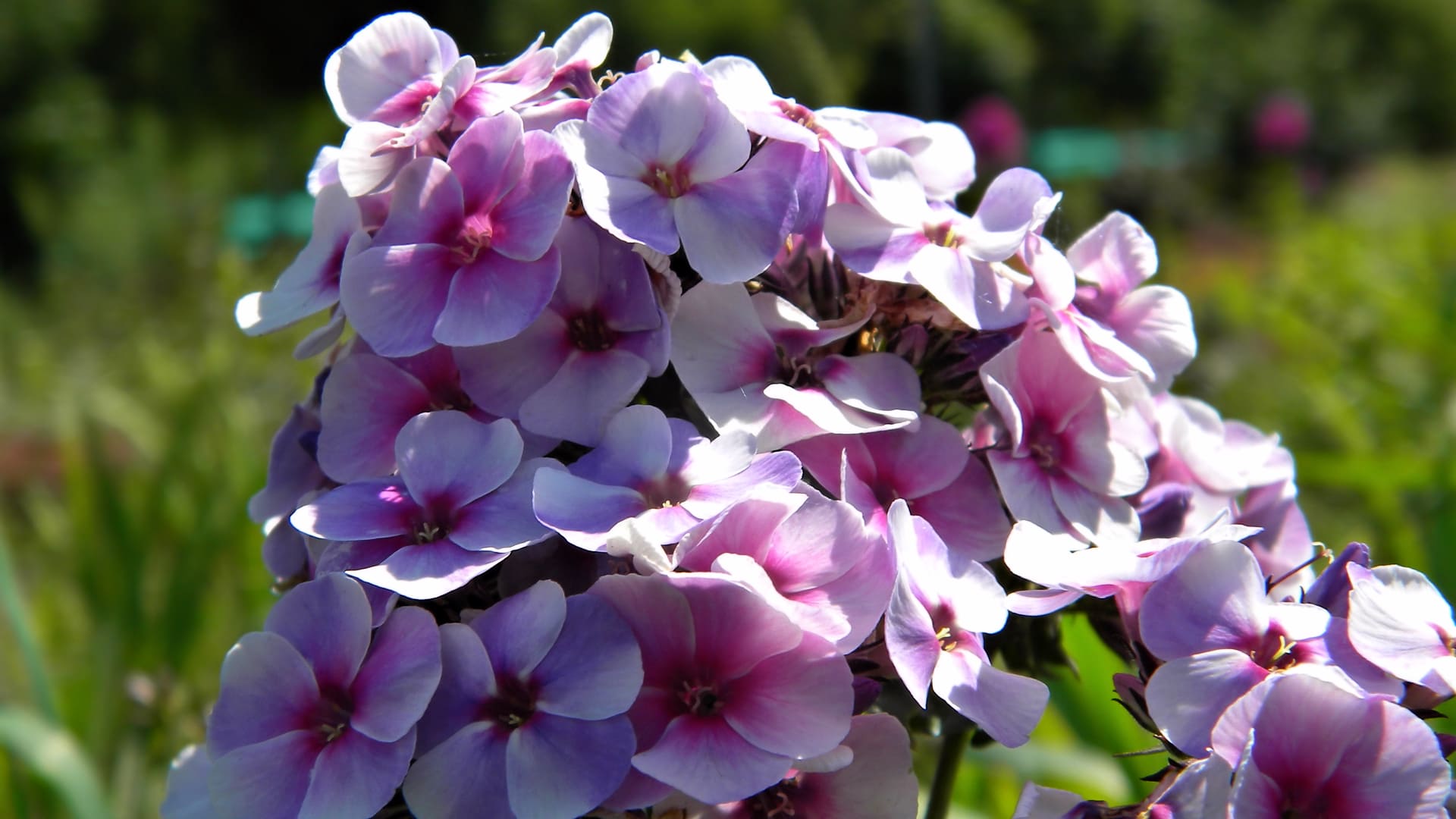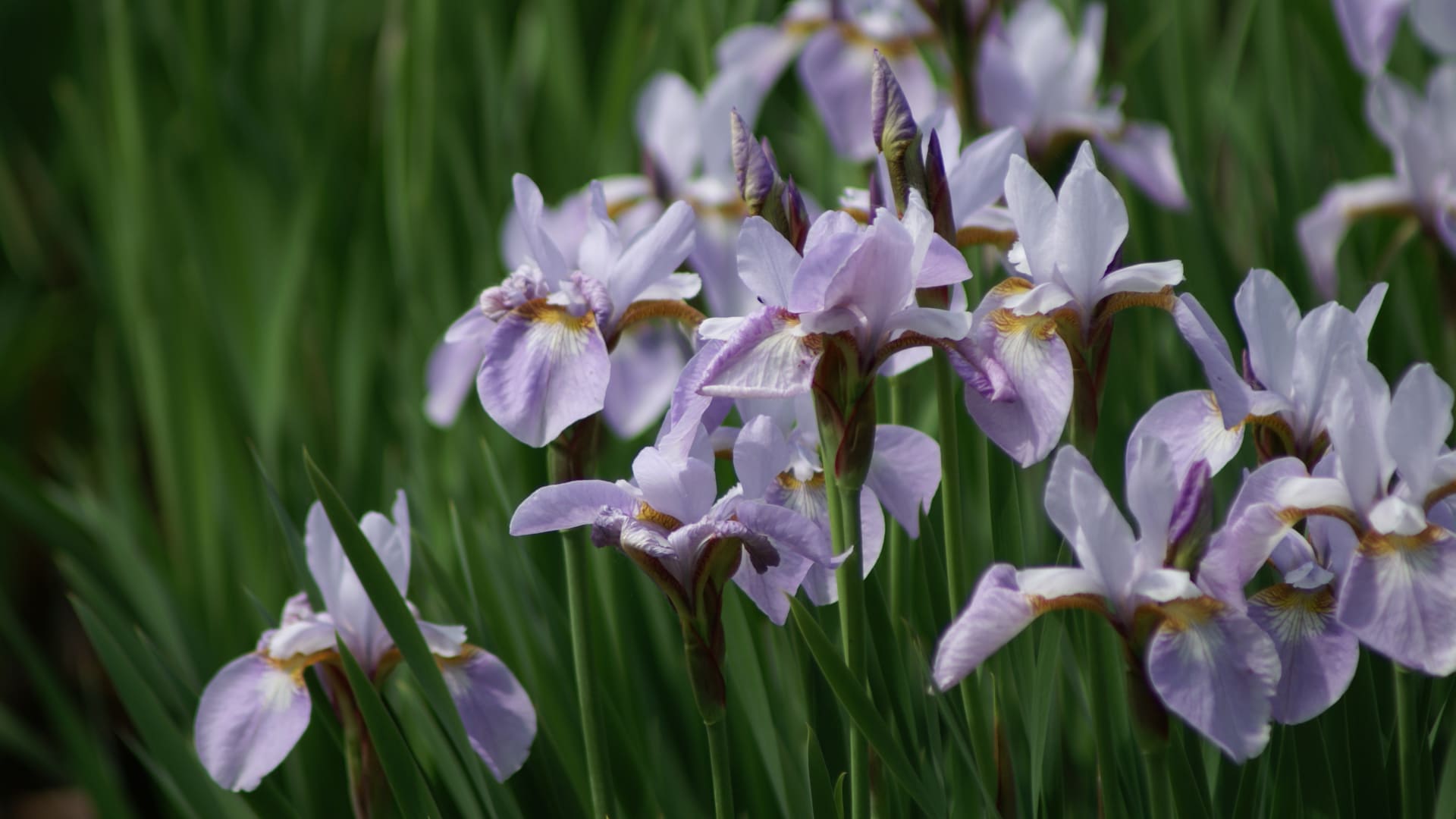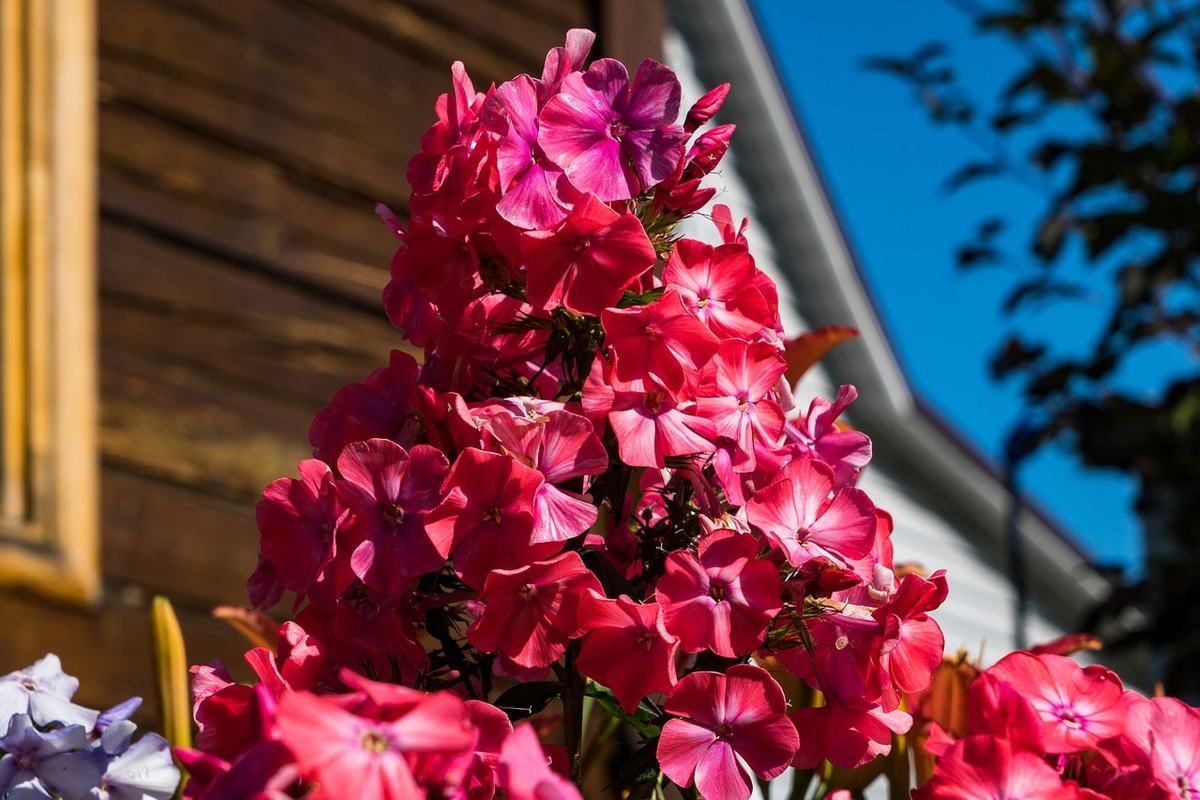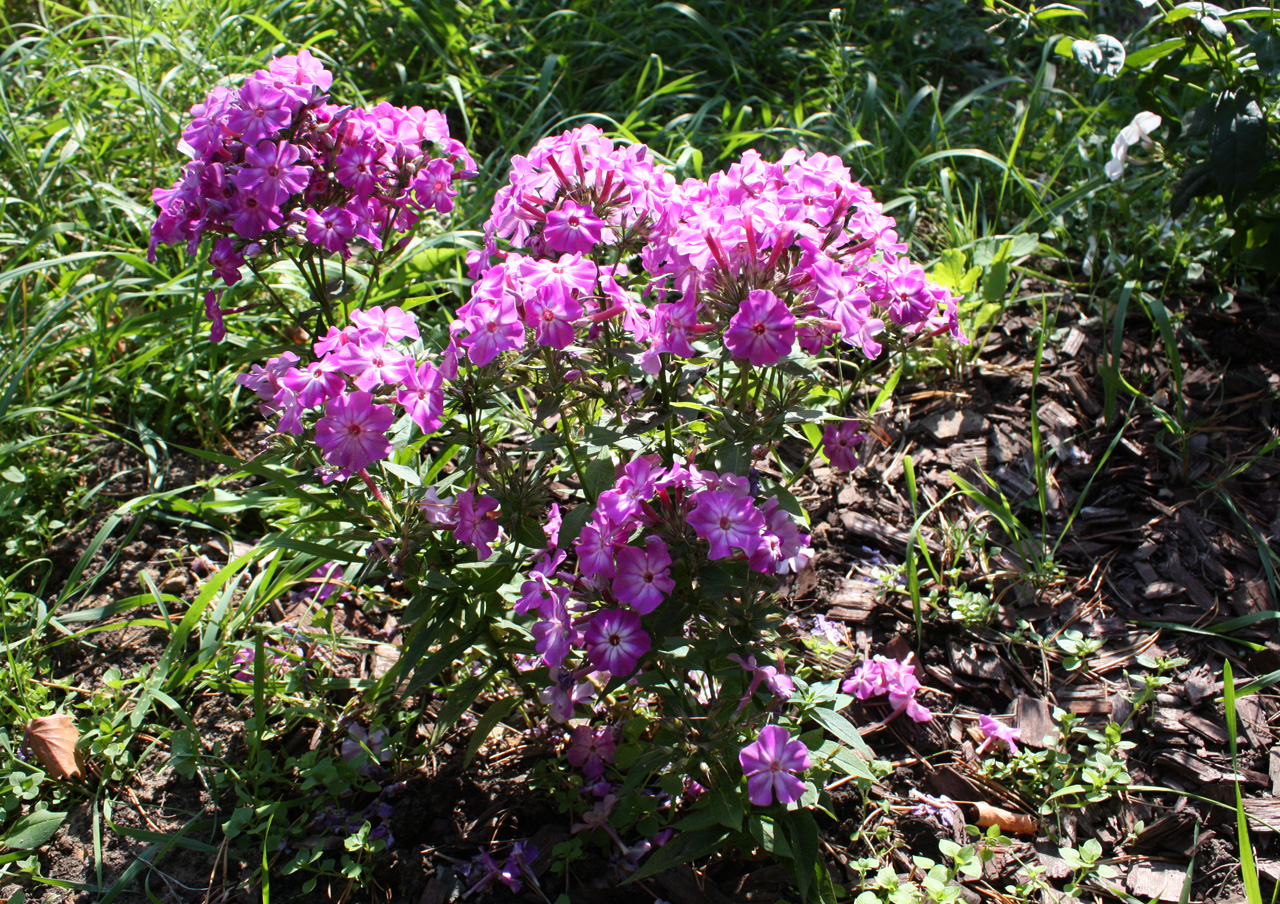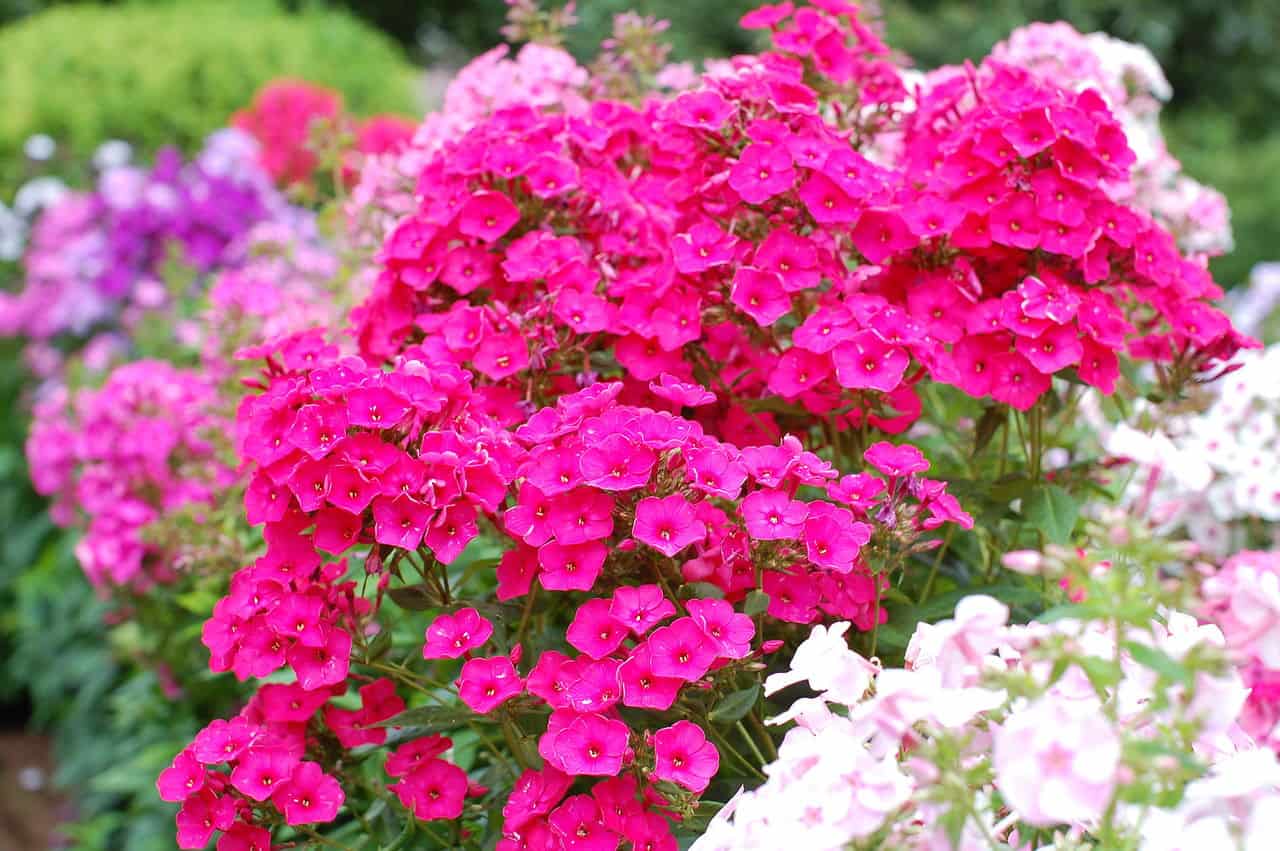Why feed?
All experienced gardeners know that constant care is not enough to grow a healthy and beautiful flower - it is necessary to regularly apply organic and mineral fertilizers to the soil. Almost all horticultural crops cannot do without nitrogen, potassium or phosphorus fertilizing during the period of active growth and swelling of the buds, as well as during the flowering period.
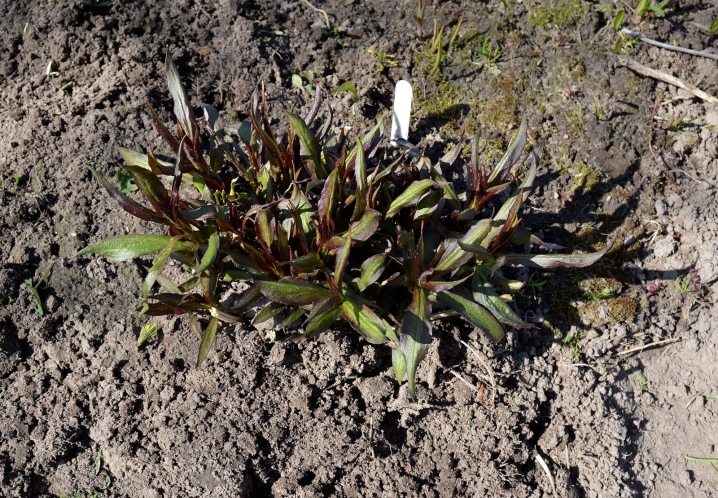
In addition, fertilizers are simply necessary for phlox during wintering - without feeding and without high-quality shelter, these plants will not survive even the warmest winter and then grow poorly in spring.
The growth rate of the plant and its root system, the splendor and saturation of the inflorescences, as well as the duration of the flowering period itself depend on the amount of fertilizers in the soil, as well as on the balance of the soil composition. For abundant and lush flowering, mineral fertilizers - nitrogen-containing substances and potash fertilizers - are added to the flowering phlox in the soil.
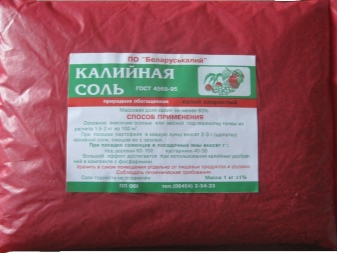
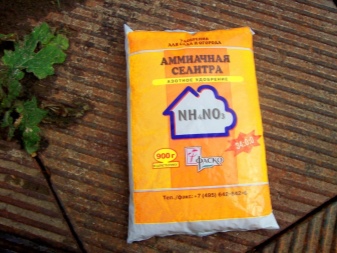
Balanced mixtures and fertilizers allow you to completely change the composition of the soil in a certain area, which makes it possible to plant phlox even in garden areas with a high level of acidity. In addition, after prolonged growth of garden plants in one place, the soil is gradually depleted. All nutrients are absorbed over time by horticultural crops and ordinary meadow plants, or they can simply be washed out with rain. Top dressing allows you to replenish the lost components, make the soil lighter and more loose.

Terms and rules for applying dressings for phlox
Only if the rules and terms of feeding are observed, phloxes will bloom brightly and for a long time.
Fertilization stages:
- The first time the plant is fed with a complex preparation after the snow melts and the shoots appear. At the same time, they loosen and mulch the soil with compost, sand or chopped grass. The mulch layer is 3 cm.
- The second time is fed at the end of spring. Use a mullein with ash (1:10) or an additive "Kemira universal" (8 ml per 10 liters of water). Complex fertilizers can be applied in accordance with the instructions.
- The early varieties are fertilized a third time in mid-June, the late ones at the end with a urea solution. You can use foliar dressing.
- At the beginning of July, the fourth feeding is carried out. In this crucial period, complex preparations with trace elements and superphosphate are used.
In addition, at the end of July, fertilizers are applied for the fifth time, and in mid-August for the sixth.
Note! The main rule of feeding is the introduction of the formulations in the evening. Root liquid fertilizer is given after watering
Next, the bush is washed with plain water in order to prevent cracking of the stems.
Root liquid fertilizer is given after watering. Next, the bush is washed with plain water in order to prevent cracking of the stems.
An overdose of the drug should not be allowed: the flowers become loose, the stems crack. A lack of food leads to a decrease in inflorescences, deterioration of color and a decrease in flowering time.
How to feed phlox when planting
At the first stage, the soil is enriched with humus and rotted compost. A compost bucket is used per square meter of land. In addition, 50 g of superphosphate, 200 g of wood ash, and bone meal (100 g) are added to the planting hole.
For acidic soil, lime is used. Up to 200 g of fluff are taken per meter of soil. Two buckets of sand are added to the heavy soil.
When planting phloxes, complex mineral fertilizers are added (15 ml per well).
Important! For young plants, all nutrients are applied in dissolved form. Fertilizer concentration is half that for already adult flowers
How can phlox be fed before and during flowering?
Fertilizing phlox in the spring and summer is needed for lush bloom... Usually used for every sq. M. such fertilizer: 60 g of ash and superphosphate and 30 g of ammonium nitrate.
During the spring period of intensive growth and development, plants need nitrogen and water.
How can you feed phloxes in June during the laying of buds:
- infusion of mullein or horse manure;
- chicken droppings;
- slurry;
- infusion of nettle.
Note! A brown dry rim along the edge of a leaf in phlox indicates a lack of potassium!
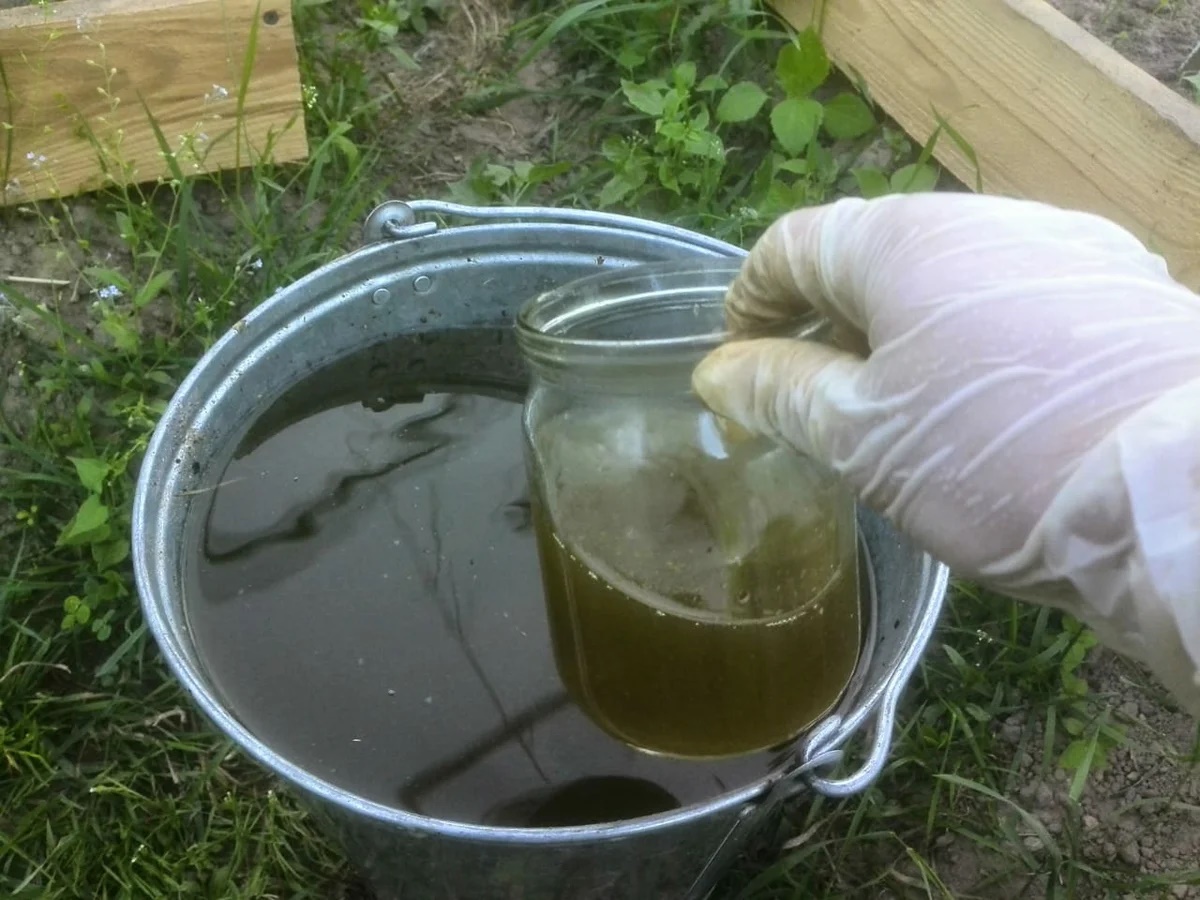
Dilution of organic fertilizer
If there are no such fertilizers, then phloxes are watered in spring and summer with a solution of nitrate for 10 liters of 30 g. This is enough for 1 square meter.
During flowering, in July, another fertilization is carried out. At this time, a solution of 10 g of potassium sulfate in a bucket of water is often used. Top dressing with potassium will enhance the color of flowers. Ash can be added (1 glass per 10 liters of water).
Also commonly used:
- chicken manure with potassium sulfate and superphosphate (20 g each);
- organic preparation "Flower".
Important! Late varieties in August should be additionally fed with phosphorus-potassium mixtures
The better to fertilize phlox in the fall
Preparation for wintering ends in autumn. Shrubs are waiting for watering with diluted superphosphate and potassium sulfate. Each is taken in 15 ml. The product is diluted in 10 liters of water. This is enough for 1m2. Watering with such a composition will increase the number of flower buds laid in winter and protect the root system from frost.

Balanced mixes and fertilizers change the composition of the soil
Around the flowers, the earth is sprinkled with peat or compost, with the addition of 2 tbsp. spoons of phosphorus-potassium composition or the preparation "Autumn" for three bushes.
How to fertilize phlox when preparing for winter
Preparation begins in the middle of summer. How to water phlox correctly: you need to provide abundant watering, but without waterlogging, as the roots will begin to rot. Plants need phosphorus and potassium and can be fed with a solution of bone meal.
When frost begins, all shoots are cut off. This will protect the plant from diseases and insects. Miniature specimens are cut only to the middle of the stems. Pruning is completed before frost.
Note! In areas with little snow in winter, flower stems are cut in spring. It is advisable that enough snow accumulates over the flowers in winter.
In the northern regions, it protects phlox from frost, and in the southern regions it increases soil moisture.
After fertilization, the soil is mulched with coniferous compost to protect it from frost.
Fertilizing phlox, fertilization time
- The first feeding of phlox.
Early in the spring, it is possible in the snow, the first feeding is carried out. It consists of 30-35 gr. ammonium nitrate, 50-60 gr. superphosphate, 40-60 gr. wood ash. This amount of fertilizer is applied per square meter. meter. If there is no snow on the site, then loosening fertilizer must be repaired to a depth of 3-5 cm.
- The second feeding of phlox.
The second feeding is carried out in mid-May, best of all with a solution of fermented mullein (1:15) or a solution of chicken manure (1:25), you can also feed it with a solution of ammonium nitrate 20-30 gr. for 10 liters of water.
- The third feeding of phlox.
The third feeding (at the beginning of June) is carried out with the same solution, but with the addition of 15-20 grams of potassium salt (or 20-40 grams of ash) per 10 liters of water.
- The fourth feeding of phlox.
The fourth feeding is carried out at the end of July with a solution of only mineral fertilizers: superphosphate 15-20 gr., Potassium salt 15-20 gr. or ash 30-40 gr. For 10 liters of water.
In mid-August, you can give the fifth top dressing with the same fertilizers as in the fourth dressing, but only for
late flowering varieties.
All three last feedings are given without the use of nitrogen.
Top dressing should be done after rain or preliminary watering.
From mid-August
fertilizing should be stopped so that the plants can complete growth before winter and prevent secondary growth of lateral shoots.
When choosing liquid dressings, preference should be given to organic dressings, since they give significantly
best result. Organic and mineral dressings must be applied under the base of the bush, without pouring over the leaves. After feeding, the plants are simply watered with water to wash off fertilizers from the leaves and stems, which can cause plant burns.
On planting phlox
it is necessary to conduct a systematic fight against weeds, especially perennial ones. Weeds must be removed along with the roots, not only from the beds themselves, but also from paths and passages between them.
In autumn, as soon as the soil is frozen
at the very surface of the soil, cut off all the shoots of phlox. Cut stems are removed from plantings because pests or diseases may remain on them.
In areas with little snowy winters, overground stems should not be cut off in autumn. This work is postponed to early spring.
It is necessary that more snow accumulates over the phlox in winter, because in the north, it helps to better protect them from
frosts, and in the south increases soil moisture. Snow over phloxes does not need to be compacted.
Rules for feeding
In order not to make mistakes, every gardener should familiarize himself with some rules for feeding. Only a competently performed procedure can guarantee a good result.
How exactly to apply fertilizer depends on what composition is used in each specific case. There are no universal recommendations. Nutritional mixes can be used both dry and liquid.

For example, in bearded varieties, it is very close to the surface, so there is a risk of touching it, and this will not benefit the plant and can lead to its death.
Dry formulations are usually filled with water, and the resulting solution is poured over the flower. Before the onset of winter, do not use top dressing containing ammonia. It leads to active growth of the plant, due to which it does not have time to "fall asleep" and may simply die with the onset of the cold season.
How to feed irises, see below.
Reproduction
Summer-flowering bush phlox is cultivated by vegetative methods. Although it is not bad to root stem cuttings cut from them in the spring, usually the "population" of flowers is increased by the method of dividing adult bushes.
Phlox planting care
The main biological features of phlox
, which, as already mentioned, consist in the superficial location of the root system of phloxes, the annual ever higher location of growth buds, - leave an imprint on their agricultural technology.
In this regard, one must remember
that loosening should be careful, watering and feeding should be regular, and for the winter, phlox bushes should be slightly poked and mulched.
Loosening
preferably after each watering or weeding. When watering one square. meter pours out 15-20 liters of water.
In spring or early summer
it is useful to add 2-3 grams of boric acid or several crystals of potassium permanganate to each bucket when watering - these substances are used as micronutrient fertilizers.
What fertilizers do phloxes like?
Usually, flower growers use several compositions at once for phloxes - organic and mineral. You can feed in spring, summer and autumn with almost any fertilizer that is applied for ornamental, garden and horticultural crops. You can also use folk remedies.
Is it possible to feed phlox with manure
Manure is a good fertilizer for phlox in summer (in June or July), but not fresh, but rotted. If you add fresh fertilizing, this will lead to overheating of the soil, provoke root rot and even the death of the plant. For this reason, manure is almost always used only in rotted form.
Is it possible to feed phlox with ash
Wood ash and other organic matter can be fed to phlox in the open field in late spring or early summer. It is usually given mixed with compost and humus. Thanks to this, you can achieve beautiful flowering in the summer, from June to August (depending on the variety). Ash is used in the autumn feeding of phlox in early October. It increases the immunity of the plant, which allows it to survive even a frosty winter.
Is it possible to feed phlox with urea
Urea is one of the main sources of nitrogen. Fertilizer is applied in late spring or summer - in June. It allows for fast growth so that flowering occurs just in time. You should not abuse urea and other nitrogen fertilizers, since in summer the flower will begin to gain green mass, and the leaves will turn dark.
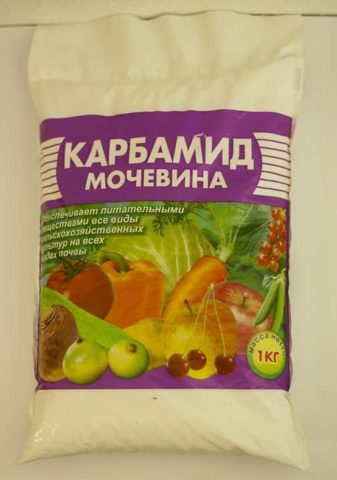 Urea (urea) is introduced in the spring, the deadline is early summer (early June)
Urea (urea) is introduced in the spring, the deadline is early summer (early June)
Mineral fertilizers
Mineral fertilizers ensure normal growth, good flowering and enhance immunity. They contain nitrogen, potassium, phosphorus and other substances in an assimilable form. Among the classic dressings, flower growers in spring and summer (June, July) use the following:
- superphosphate;
- potassium salt;
- potassium sulfate;
- azofosk or nitroammofosk (complex fertilizer containing nitrogen, phosphorus and potassium);
- "Aquarin";
- "Watering can".
Most often, summer residents do not mix different components, but buy ready-made fertilizers for good flowering of phlox and other plants. They are added both in late spring and throughout the summer from June to August.
Organic fertilizers
Organic fertilizers also contain a complete set of basic trace elements - nitrogen, phosphorus, potassium, calcium, sulfur, magnesium and others. They are absorbed more slowly, but they are consumed gradually, providing long-term flowering of phloxes in summer (June - August). You can feed phlox for growth and flowering with the following substances:
- compost;
- humus;
- mullein;
- bird droppings;
- potassium / sodium humate.
Organics are rich in different elements. This allows the plant to thrive during the growing season as well as survive the winter normally. Therefore, feeding phlox with folk remedies is done both in spring and in summer (June, July).
Folk remedies
In almost any country house you can find raw materials for making folk remedies. Homemade fertilizers are usually used as additional dressings. If the soil is fertile, chemicals may not be purchased. It is enough to use homemade solutions or infusions from the following components:
- wood ash (from conifers, deciduous trees, wheat, sunflower, rye, grapes);
- cut grass (weeds);
- bone flour;
- peat.
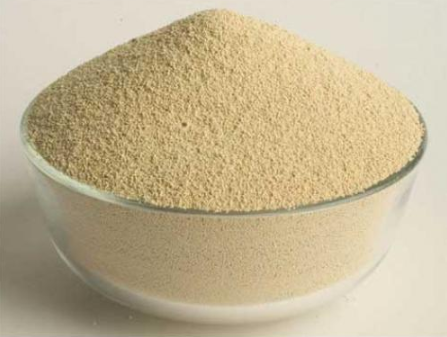 Bone meal can be applied in any season, including spring and summer (June to August)
Bone meal can be applied in any season, including spring and summer (June to August)
These spring and summer phlox dressings are used as a source of basic (nitrogen, potassium, phosphorus) and auxiliary substances. For example, bone meal contains iron, phosphorus, iodine, copper, and the ash contains valuable humic acids.
Landing nuances
The right planting site and the “right” soil are essential ingredients for the successful growth and flowering of phlox.
We choose an open and sunny place for planting, since phloxes need a lot of light to form high-quality dense inflorescences and bright juicy flowers.
They, of course, can grow well with a lack of light, but their inflorescences will be very sparse, and flowering will come much later. With sufficient light, phlox grows squat, sturdy, while in the shade they stretch out strongly.
Although phlox can grow on various soils, they still prefer medium and light loamy, fertilized, well-moistened, loose, slightly acidic or close to neutral.
And if we also add well-decomposed manure, humus, matured compost, ash, mineral fertilizers, then the plants will grow powerful, beautiful, healthy and will bloom for a long time and magnificently.
Most of the phlox roots are at a depth of 25-30 cm, so we need to cultivate the soil layer well to such a depth. It is best to do this in advance, in 2-3 weeks, since the soil should settle so that the roots do not become exposed during planting and watering.
Phlox can be planted throughout the growing season. In the spring, this can be done as soon as the soil thaws and from the beginning of the regrowth of the shoots until they reach a height of 10-15 cm.
For spring planting, flowering times are usually delayed by 10-12 days. And do not forget that in spring the planting time is very short - only the first half of May.
Phlox are planted at a distance of 40-60 cm from each other, taking into account the size of the seedling and the characteristics of the variety.
When planting low curb varieties, the distance can be reduced, and if we plant powerful phlox varieties, then the distance between them is increased. In autumn, planting dates are from the second half of August to the end of September, but you should not hesitate too much, as it is necessary that the seedlings have time to root well, otherwise they may freeze out if the winter is cold and with little snow.
In autumn, we plant phloxes with stems and leaves, cutting off only the faded top, because the leaf apparatus is still working and will help the plant to prepare well for winter.
Phlox planted in the fall will bloom on time next summer.
If you are late with the purchase of planting material, then it would be better not to plant it, but to dig it in an area with loose soil to a depth of 20-25 cm, protecting it from frost with mulch or non-woven covering material. It is possible to plant phlox in summer, but with a clod of earth and abundant watering, while removing the inflorescences in order to direct all the forces of the plant to rooting.
Before planting, we prune the roots in order to rejuvenate them, and also cut out all diseased and dented parts of the plant to healthy tissue.
Phlox can also be transplanted even in a flowering state, but only under the condition of careful digging of seedlings and abundant watering before they take root. Do not allow the rhizome to dry out, as in this case the plant will take root much worse, hurt and in the future, its development will slow down. We make the planting hole in such a size that the root system is placed in it freely and we fill it with water.
After the water is absorbed, we proceed directly to planting the seedling. We spread the roots well, fill the voids around them with nutritious soil, lightly press with our hands and water.
In this case, the top of the rhizome should be 3-5 cm below the soil surface. If we plant the plant too shallow, then it may suffer from adverse weather conditions and even die in winter, and if the planting is deep, then the development of a two-tiered root system is possible and the development of the bush slows down.
Pay attention to the possible shrinkage of the soil after planting, if this happened, then add a layer of loose nutritious soil to the roots. Until the plant takes root (this is about two weeks), it is necessary to constantly maintain soil moisture
Until the plant takes root (this is about two weeks), it is necessary to constantly maintain soil moisture.
Recommendations
- It is most reasonable to fertilize the soil near phloxes in the evening - this will exclude the possibility of moisture evaporation, the formation of burns, and the first nutrient components can get into the soil to the plant in the morning - after the dew has melted.
- Keep in mind that top dressing with liquid fertilizers should always be carried out on moistened soil - only in this case they can be absorbed into the soil and reach the roots of phlox. In addition, without moisture, some fertilizers can cause burns on the roots of phlox. A good time would be the morning after an overnight rain.
- Gardeners usually do not keep phlox bushes in one place for more than 7 years. After this period, the plant has a sharp decrease in the number of inflorescences, a decrease in the growth rate and a weakening of immunity.That is why after 5-6 years it is better to transplant them or thoroughly fertilize / change the soil in their near-stem circle.
- When spraying phlox bushes, you need to use preparations with a low concentration of active substances. From a large amount of nitrogen or potassium in them, burns in the form of yellow and dark spots can appear on phlox leaves. It is best to spray already adult bushes of phlox - at least 3 years old.
- It will be most effective to use not a strictly defined element to create a layer of mulch, but a mixture of several components. Their role can be compost, rotted manure and phosphate rock. This will not only save the plant from weeds and retain moisture, but will gradually fill the soil with nutrients.
- Despite the fact that all varieties of phlox perfectly absorb almost all types of fertilizers, some varieties may differ in individual requirements for the composition of dressings. When buying phlox seeds, find out exactly which variety they belong to and what is their preferred fertilizer.
- The easiest fertilizer to make is compost - it is usually added to the soil during irrigation along with water. The standard compost mix consists of meadow grass, vegetable food waste, and sawdust.
- In no case should phlox be fertilized in the autumn with fertilizers containing nitrogen - this will lead to the growth of young shoots, which will die with the first frost.
For information on which feeding is suitable for phlox, see below.
Recommendations for autumn planting and transplanting phlox
The best time for autumn planting of phlox paniculata is late summer and early autumn, when growth buds are laid on the root collars of phlox stems. In no case should you be late with the autumn planting-transplant of phlox, since in the new place the bushes should take root well before the onset of cold weather.
Planting and transplanting phlox bushes is best done in cloudy weather and in wet soil. If the soil is dry, then it must be wetted to the full depth before planting. Immediately after planting, the plants are watered at the rate of 1-2 liters of water per bush. If after the transplant there is dry and hot weather, then the phlox bushes are watered for the first 3-4 days every day in the evenings, and then as needed.
In the planting hole, the root system of the phlox paniculata bush should be free. When planting, the roots are straightened so that they are directed in different directions and slightly down - they occupy about the same position that they had before the bush was transplanted. The top of the rhizome of the planted bush should be 3-5 cm below the ground surface. After installing the root system of the phlox bush in the hole, it is covered with earth and lightly pressing the earth to the roots.
The bushes of phlox paniculata planted in a permanent place must be watered abundantly (1.5-2 liters per bush), and then add the necessary soil to the settled soil. When too shallow planting phlox paniculata its root collar is exposed; the bush "sticks out" from the soil. Because of this, the plant suffers from the sun and winds in summer, and will die from freezing in winter.
It is important to loosen the dried soil after each watering so that a dense airtight crust does not form in the root zone.

